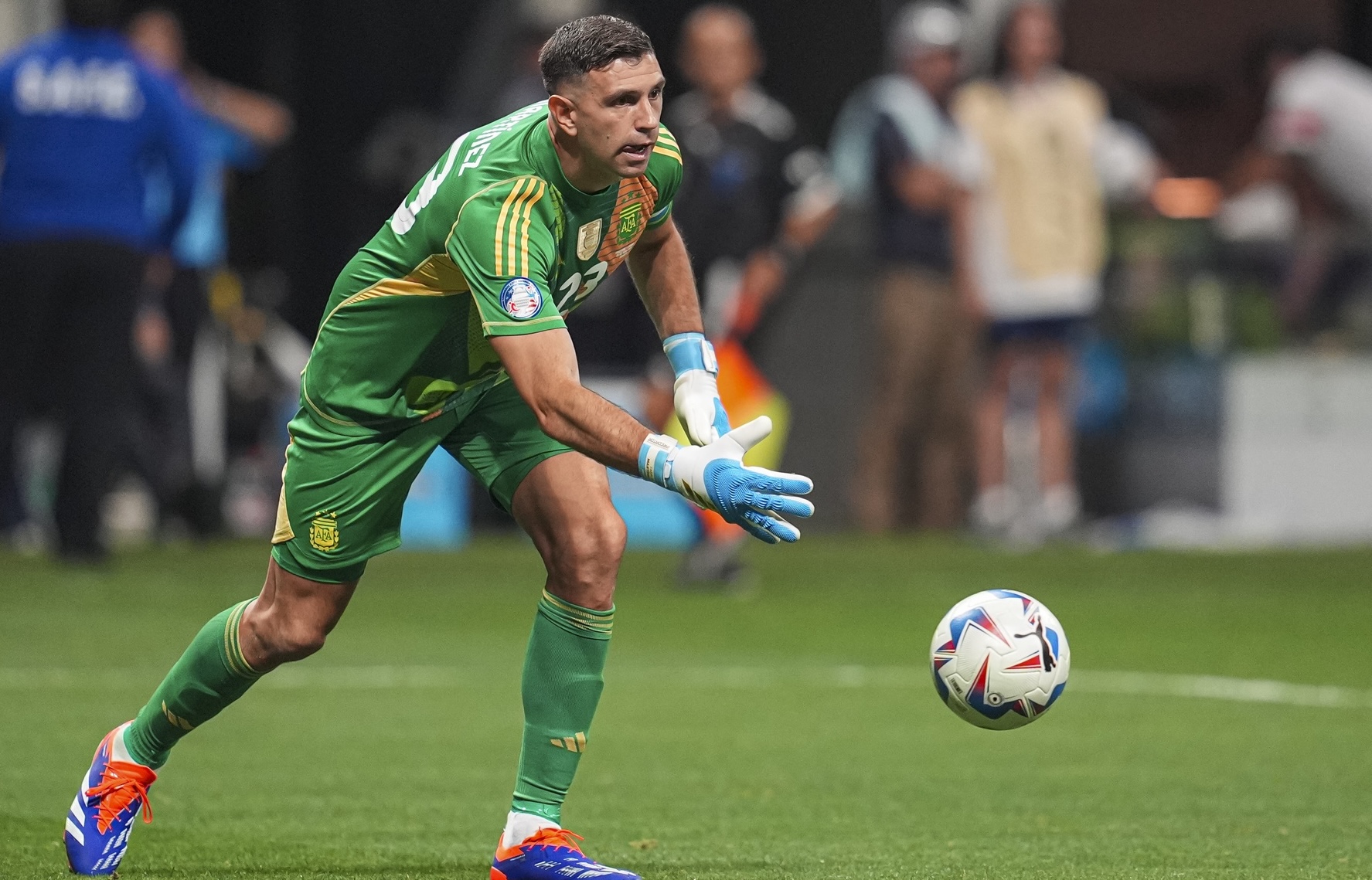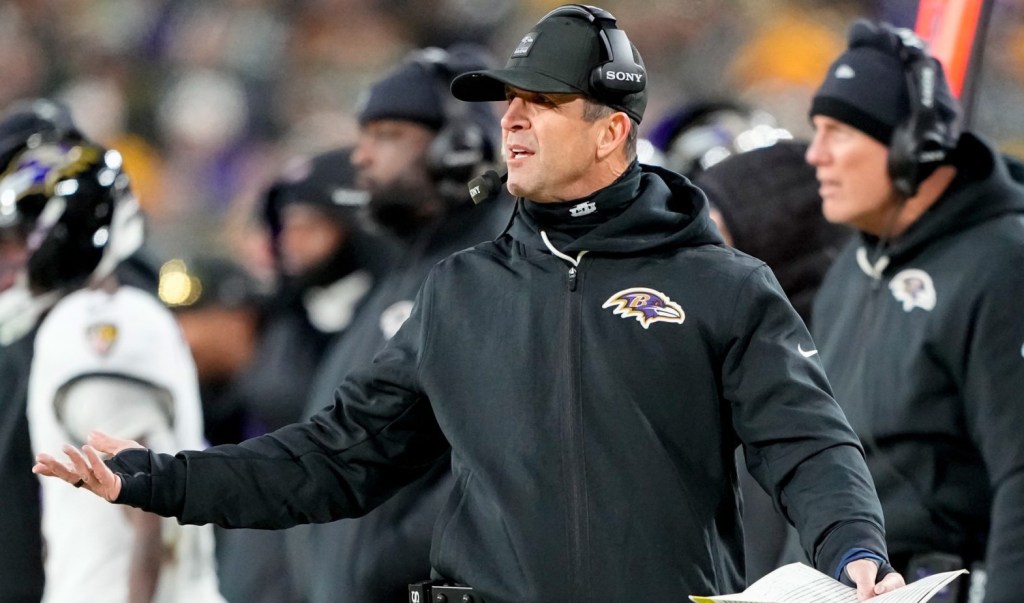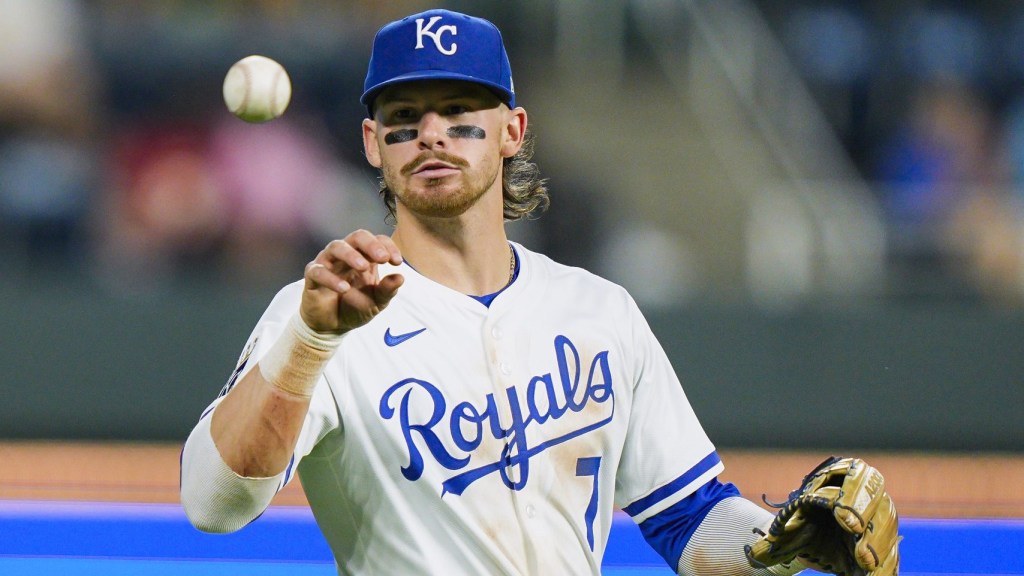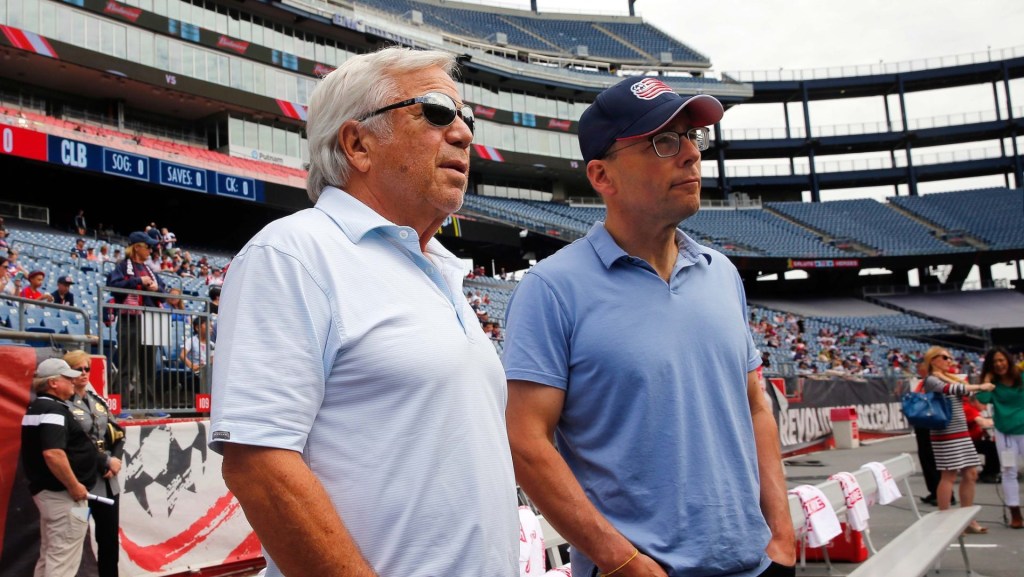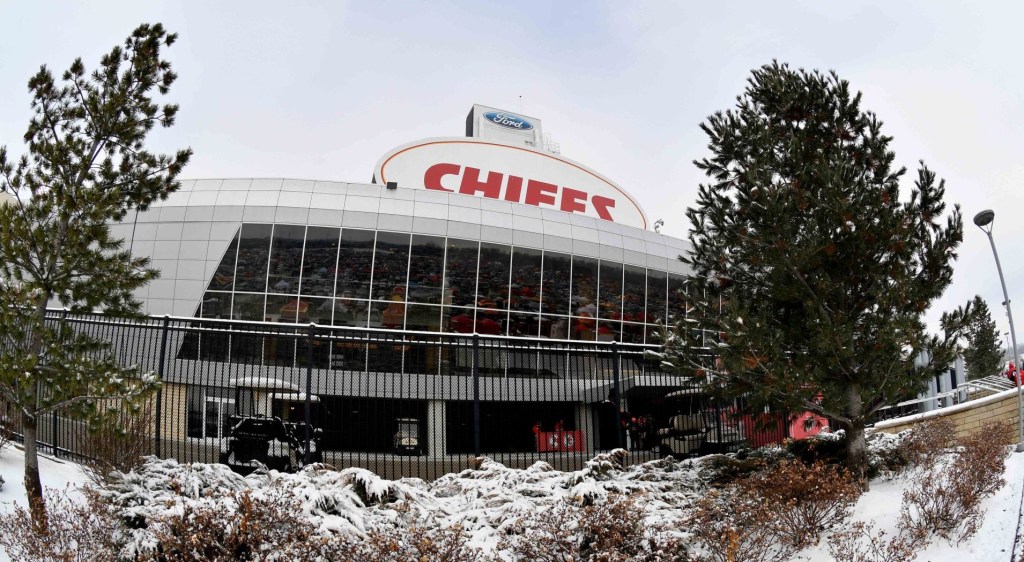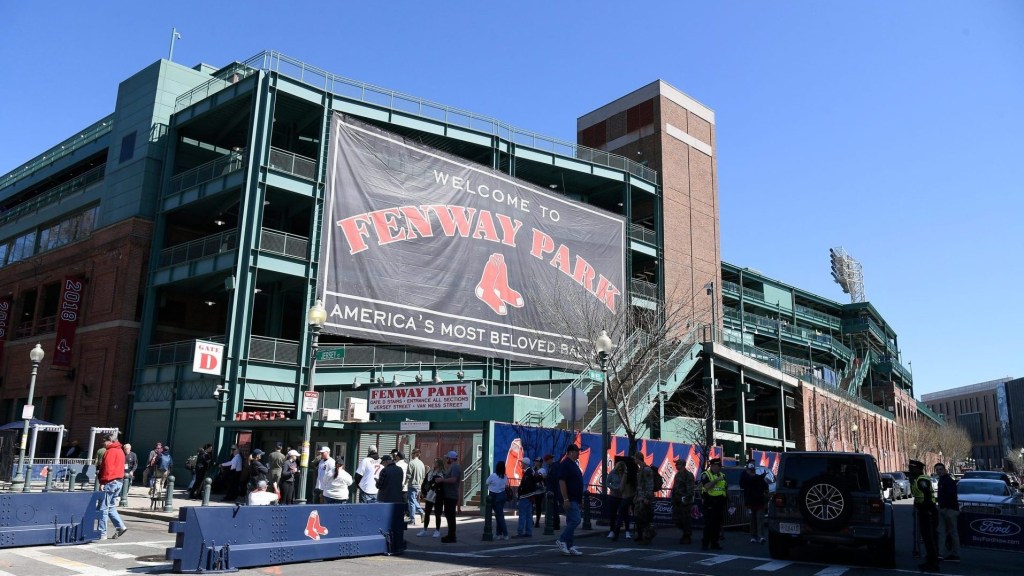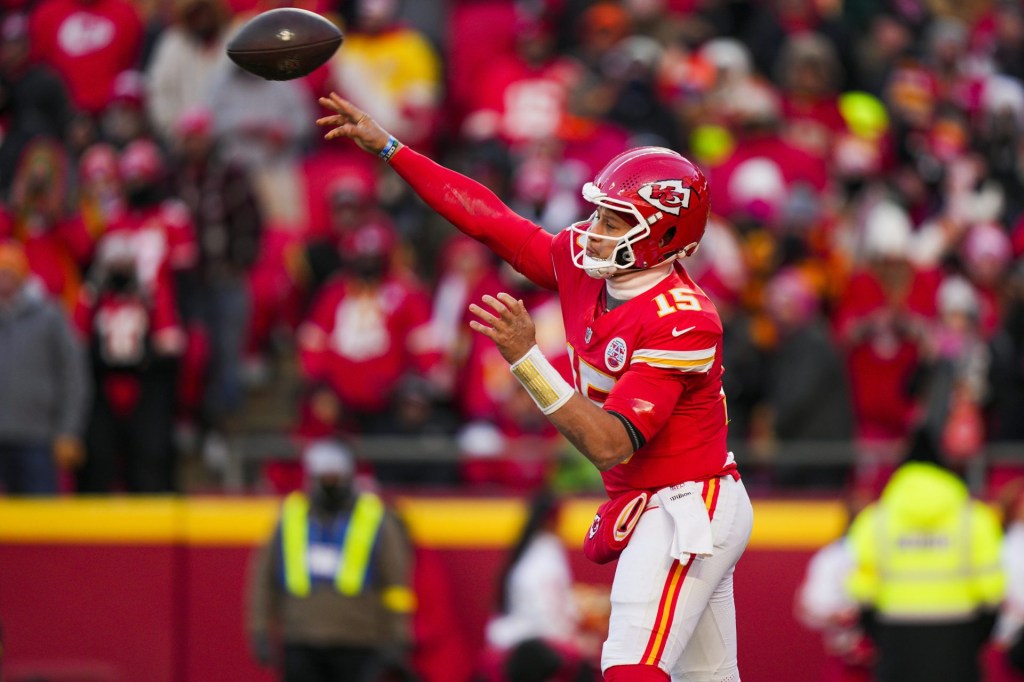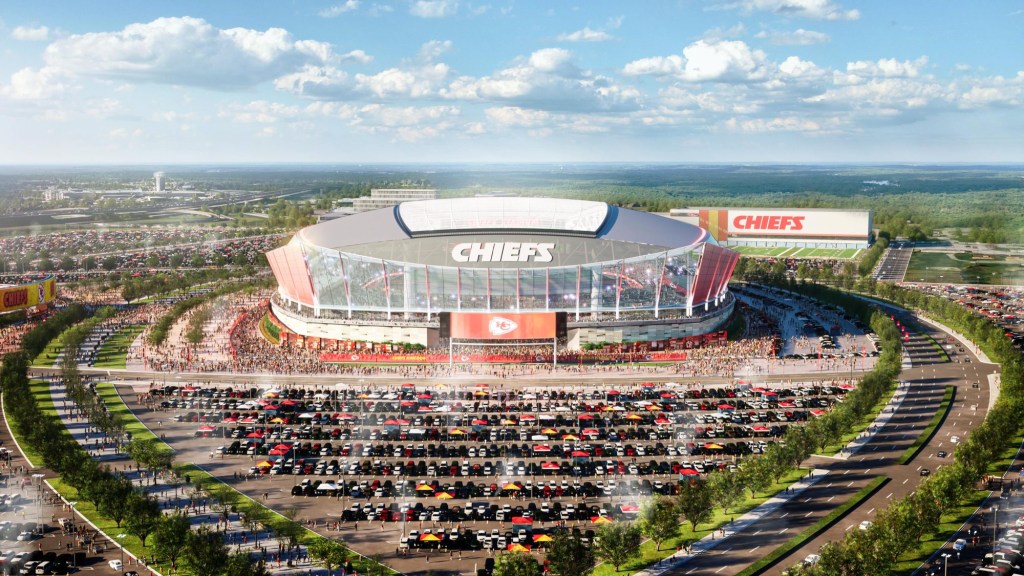After the opening Copa América match between Argentina and Canada at Mercedes-Benz Stadium in Atlanta, players from both teams criticized the temporary grass installed for the tournament.
“It felt like walking on a stage, as if it was hollow,” Canada’s Kamal Miller said of the shoddy sod. Argentina keeper Emiliano Martínez called the pitch “very bumpy” and a “disaster.” He said the field “jumped up on you as you ran” and compared it to a trampoline.
MLS stars over the years have been harsh critics of turf, which six teams play on. But when major international tournaments come to town, stadiums make the switch to comply with hosting requirements. Atlanta is one of six Copa América host cities swapping out turf for grass at its NFL stadium, and one of seven doing so for the 2026 World Cup.
While the teams got the grass they wanted, it wasn’t quite up to standard.
“Two days ago it was fake, and then they parched panels of grass together. It’s painted to appear nicer than it is,” said Argentina manager Lionel Scaloni. “The weird thing is we knew months ago we’d play here, so maybe things could’ve been done about the pitch quicker.”
The grass was actually installed Sunday, after Atlanta United played a home game Saturday. The Falcons declined to comment.
Argentina, the reigning World Cup champions, beat Canada 2–0.
The other stakeholders in this discussion are NFL players, who overwhelmingly prefer grass, the union says. An NFL Players Association survey found in February that 92% of respondents said they prefer high-quality grass over synthetic turf, and 6% were indifferent. That means only 2% of the 1,700 survey respondents preferred turf, though it’s found in about half of NFL stadiums.
“Another sport has figured out how to put down a grass field for its players,” the organization’s executive director Lloyd Howell said about the upcoming World Cup adjustments. “And that’s all we’re asking.”
While Howell said the switch isn’t rocket science, some NFL teams say it just isn’t possible long-term. Falcons president Greg Beadles told Front Office Sports earlier this year that a grass field would need to be slid out next to Mercedes-Benz Stadium when it hosts big events, but there isn’t space to do that in the stadium’s downtown Atlanta location.
Arguably the biggest selling point of turf is its consistency. The temporary surface for Argentina-Canada proves that the natural grass isn’t always greener.
